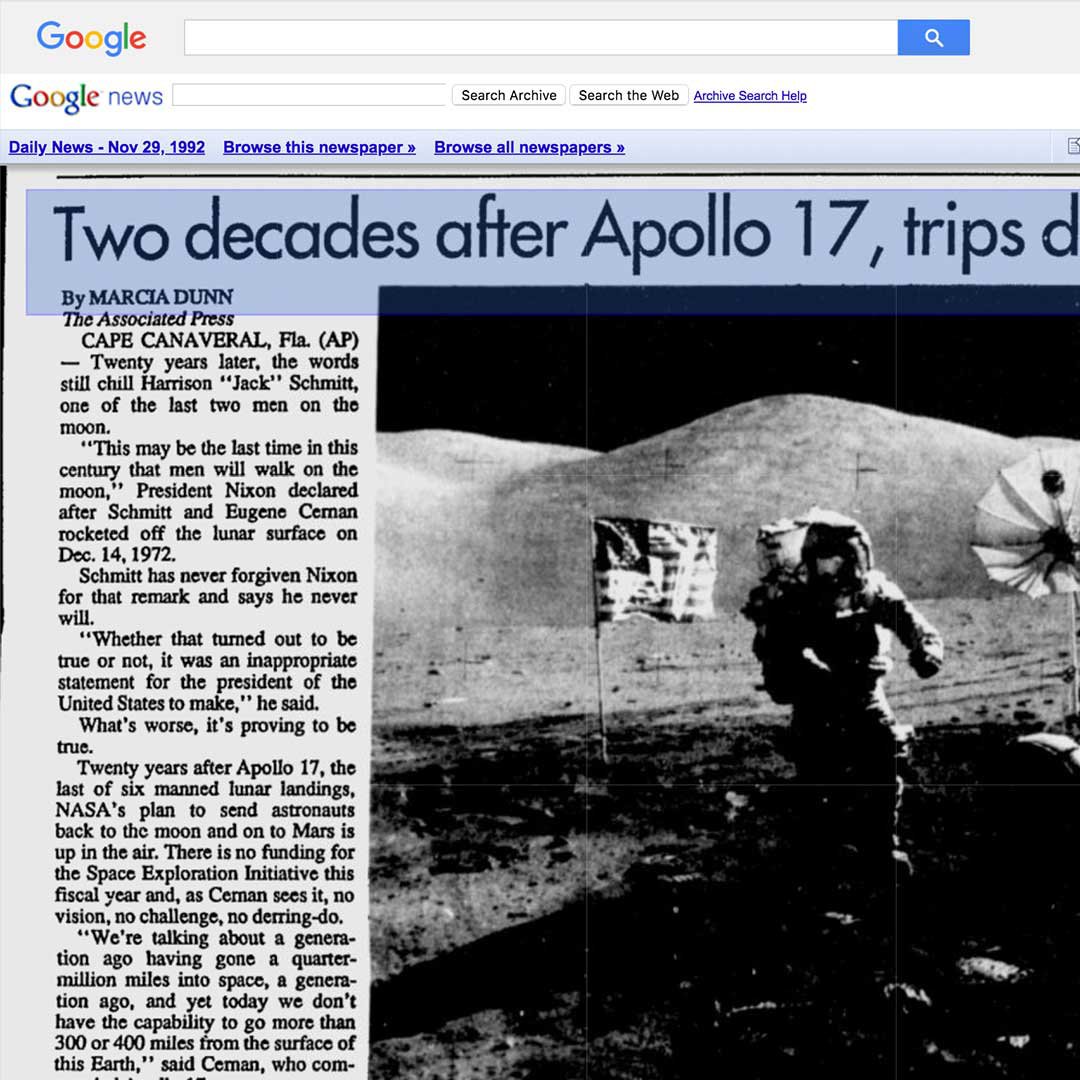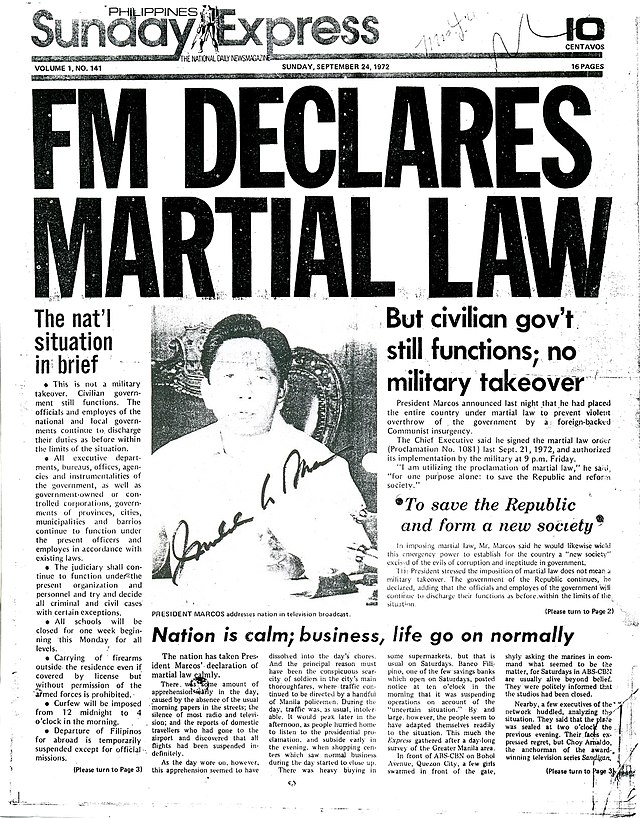The Only Guide for News Articles
The Only Guide for News Articles
Blog Article
The Only Guide to News Articles
Table of ContentsWhat Does News Articles Mean?Everything about News ArticlesGetting The News Articles To WorkWhat Does News Articles Do?News Articles Fundamentals Explained
Excellent knowledge of different subjects provides students an one-upmanship over their peers. Although digital and social networks are readily available, we need to not fail to remember just how essential it is to review the papers. Parents have to attempt and inculcate the behavior of checking out a paper as a daily regimen to continue the heritage of the revered print medium.Information stories also consist of at least one of the complying with vital qualities family member to the designated target market: proximity, prominence, timeliness, human rate of interest, strangeness, or effect.
Within these limits, information stories also intend to be comprehensive. However, other factors are included, some stylistic and some originated from the media type. Amongst the bigger and much more recognized papers, justness and equilibrium is a major consider presenting information. Commentary is typically confined to a separate section, though each paper may have a various total angle.
Newspapers with a worldwide audience, for example, have a tendency to utilize a more official style of creating. News Articles.; usual style overviews include the and the US News Style Publication.
News Articles Things To Know Before You Buy
As a guideline, journalists will not use a long word when a short one will certainly do. Information writers try to stay clear of using the same word more than once in a paragraph (in some cases called an "resemble" or "word mirror").
Headings occasionally leave out the subject (e.g., "Jumps From Boat, Catches in Wheel") or verb (e.g., "Pet cat female fortunate"). A subhead (also subhed, sub-headline, subheading, subtitle, deck or dek) can be either a subordinate title under the major heading, or the heading of a subsection of the short article. It is a heading that precedes the main message, or a team of paragraphs of the primary text.

Added billboards of any of these kinds might appear later in the short article (especially on succeeding pages) to entice more analysis. Such billboards are additionally used as pointers to the short article in various other sections of the magazine or site, or as promotions for the item in other magazine or websites. Normal framework with title, lead paragraph (recap in bold), various other paragraphs (details) and contact information.

Instance of a hard-lead paragraph NASA is suggesting another area project. The budget plan demands about $10 billion for the task.
The NASA statement came as the firm asked for $10 billion of appropriations for the task. An "off-lead" is the 2nd essential front page news of the day. The off-lead shows up either in the leading left corner, or directly listed below the lead on the right. To "hide the lead" is to start the article with background info or details of additional significance to the viewers, compeling them to learn more deeply right into a post than they must have to in order to find the vital points.
The Buzz on News Articles
Usual use is that a person or 2 sentences each create their own paragraph. Journalists generally explain the company or structure of a newspaper article as an inverted pyramid. The essential and most interesting elements of a story are put at the beginning, with supporting details following in order of diminishing relevance.
It permits individuals to check out a subject to just the depth that their inquisitiveness takes them, and without the imposition of details or subtleties that they can think about irrelevant, but still making that information available to much more interested viewers. The inverted pyramid structure additionally enables articles to be trimmed to any type of arbitrary size during layout, to fit in the space readily available.
Some authors start their stories with the "1-2-3 lead", yet there are numerous sort of lead offered. This layout inevitably begins with a "Five Ws" opening paragraph (as explained above), followed by an indirect quote that serves to support a major element of the very first paragraph, and then a direct quote to sustain the indirect quote. [] A twist can describe numerous points: The last story in the information broadcast; a "happy" story to finish the program.
Longer posts, such as magazine cover write-ups and the pieces that lead additional reading the inside areas of a paper, are understood as. Attribute tales vary from straight information in numerous ways.
The Definitive Guide to News Articles
The journalist frequently details communications with interview subjects, making the piece much more personal. An attribute's initial paragraphs frequently relate an appealing moment or occasion, as in an "unscientific lead". From the particulars of an individual or episode, its view quickly expands to generalizations regarding the tale's subject. The area that indicates what a feature has to do look at this web-site with is called the or billboard.

The Editor's Tool kit: A Reference Guide for Beginners and Professionals (2001) Allan M. Siegal and William G. Connolly. The New York Times Handbook of Style and Use: The Authorities Style Overview Made Use Of by the Writers and Editors of the World's Many Reliable Newspaper (2002) M. L. Stein, Susan Paterno, and R.
Report this page